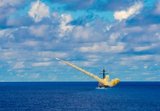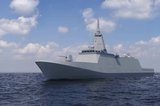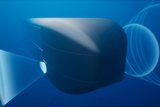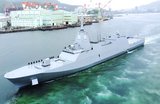No easy options: Australia's navy faces complex surface fleet choices
There appears to be a consensus that the Hunter-class frigate project is likely to be cut from nine ships to three under the DSR's report into the Royal Australian Navy's surface combatant fleet. (Photo: BAE Systems)
Led by an ex-US Navy admiral, the ‘Independent Analysis into Navy's Surface Combatant Fleet’ will be submitted to government at the end of September and is designed to review RAN warship requirements and ensure they align with plans to introduce new nuclear-powered attack submarines (SSNs) in the next decade.
The DSR called for a fleet mix of Tier 1 and Tier 2 ships to provide a larger number of smaller vessels. But once the government receives the report from former VAdm William Hilarides the Department of Defence will have to develop a series of alternative options to meet its future requirements.
Already have an account? Log in
Want to keep reading this article?
More from Naval Warfare
-
![Future of the Canadian Patrol Submarine Project is still unclear]()
Future of the Canadian Patrol Submarine Project is still unclear
The Canadian government remains tight-lipped on the timeline and funding required for the next steps of its Canadian Submarine Patrol Project, which should offer improved capabilities for the country’s navy.
-
![Thales’ new Sonar 76Nano could equip UK Royal Navy on anti-submarine warfare missions]()
Thales’ new Sonar 76Nano could equip UK Royal Navy on anti-submarine warfare missions
The new sonar is designed to equip uncrewed underwater vessels, with the potential to be used by the Royal Navy for its Atlantic Bastion and Atlantic Net missions.
-
![Hanwha wins Australian government approval to increase its stake in Austal]()
Hanwha wins Australian government approval to increase its stake in Austal
The contract would mean the two shipbuilders can collaborate strategically and enhance shipbuilding capabilities in Western Australia.






















